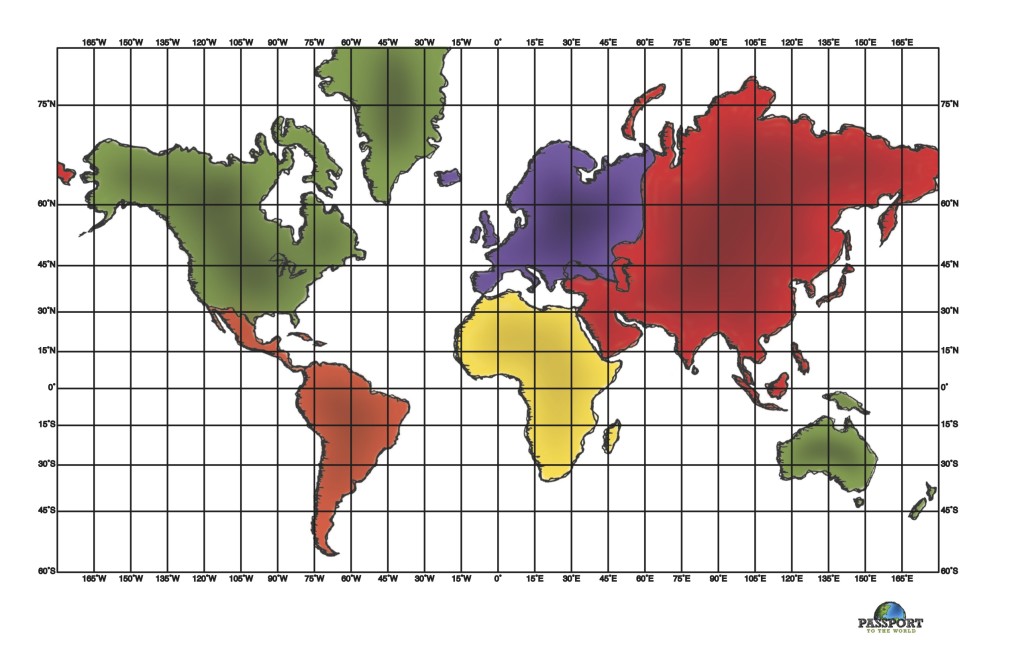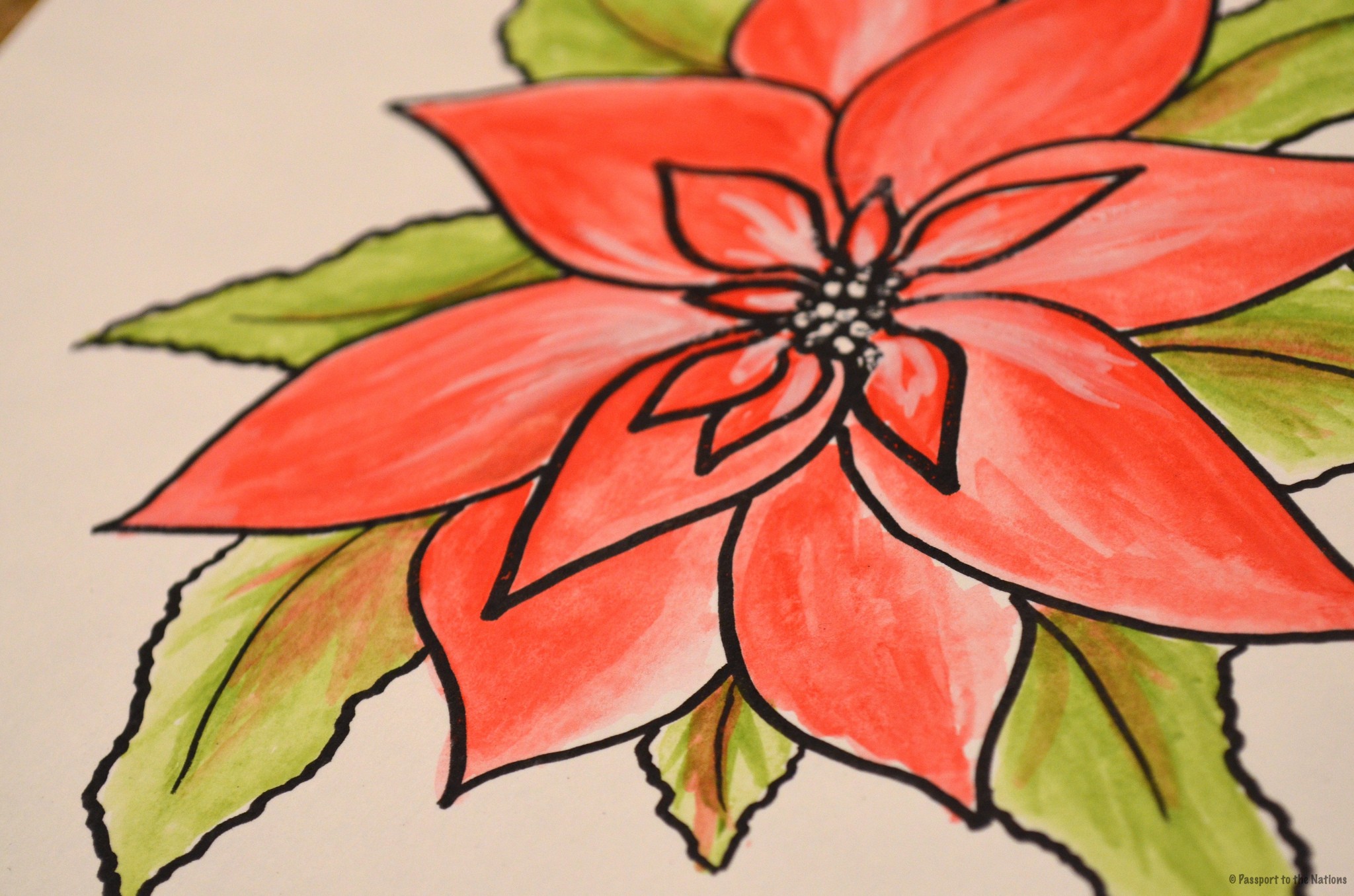
by Passport to the Nations | Jul 30, 2019 | God is Creator, Passport to Latin America, SERVE
Every culture has its own unique set of holidays… celebrated in their own unique style. And it’s these cultural experiences that hint at what we value and help define who we are as a people and country. Want to get in on the action and experience...
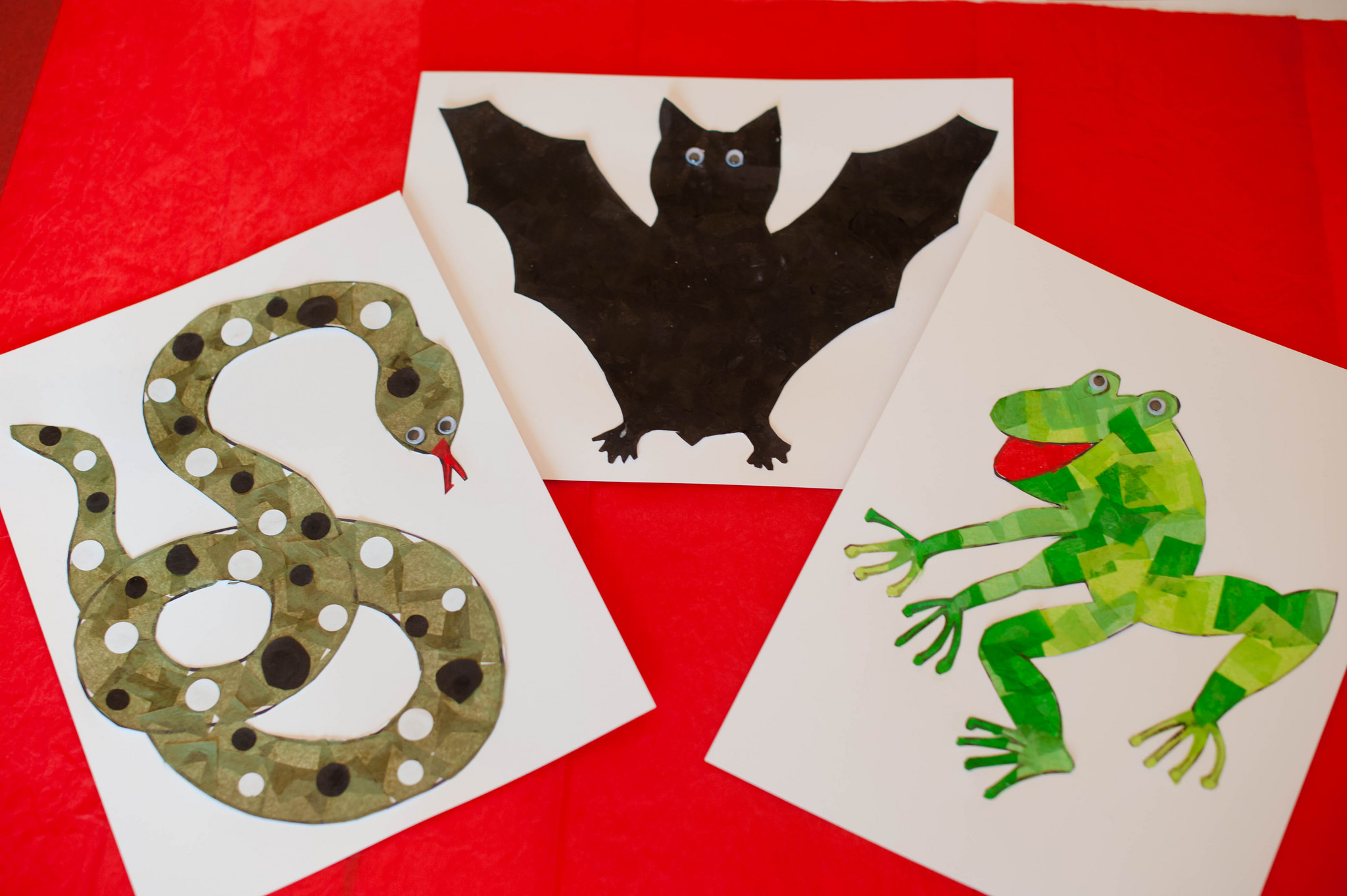
by Passport to the Nations | Mar 7, 2016 | God is Creator, Passport to Latin America
Amazon Rainforest Animals A rainforest is defined as a habitat that receives over 100” of rainfall each year. A tropical rainforest is the area on the globe between the imaginary lines close to the Equator called the Tropic of Cancer and the Tropic of Capricorn....
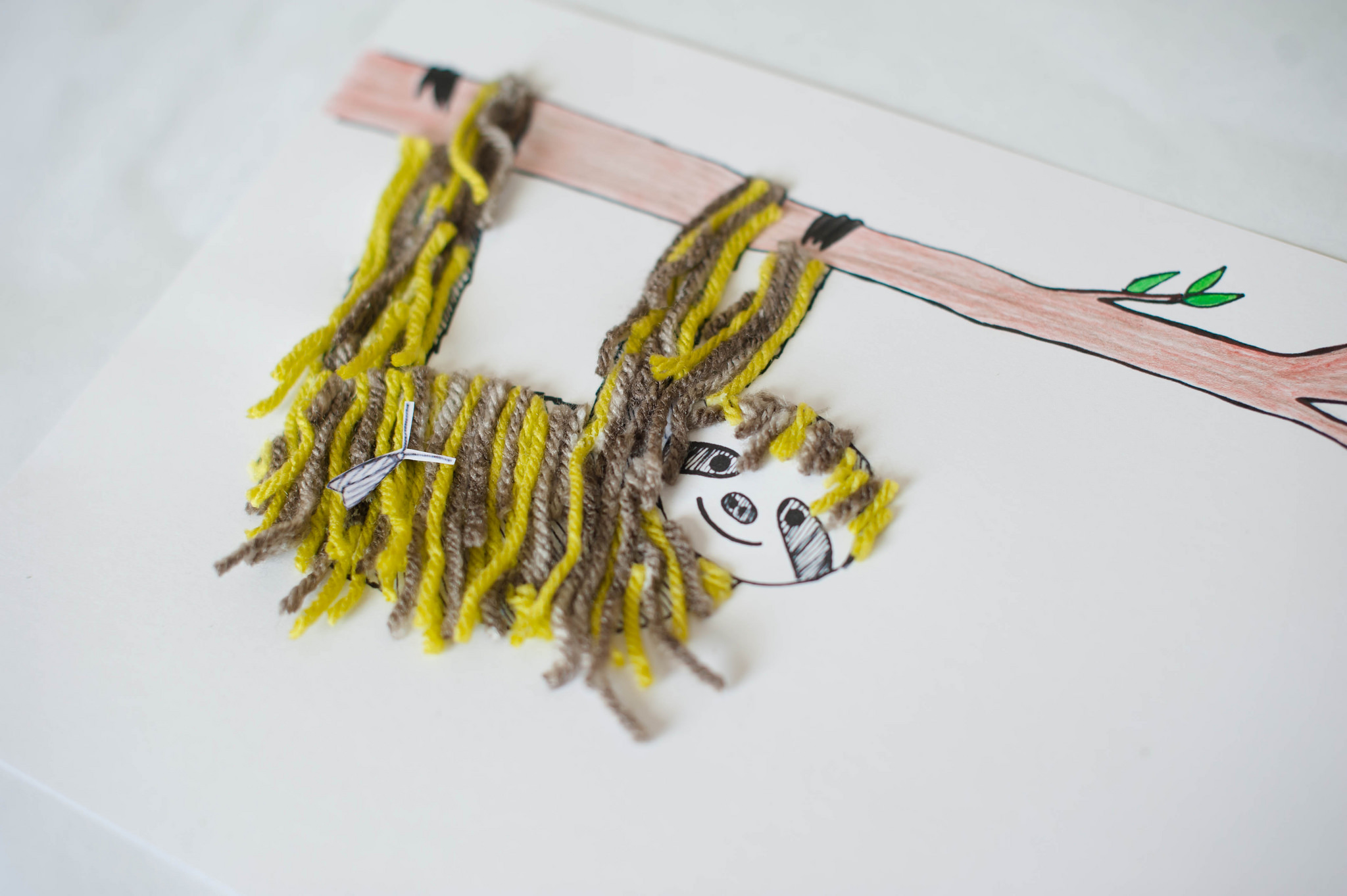
by Passport to the Nations | Mar 2, 2016 | God is Creator, Passport to Latin America
The Sloth! Since the sloth lives only in the woodlands and rainforests of South America, our study of the animals of this region would be incomplete without mention of this amazing animal! The intentionality of God’s creative design is put on display in the details of...
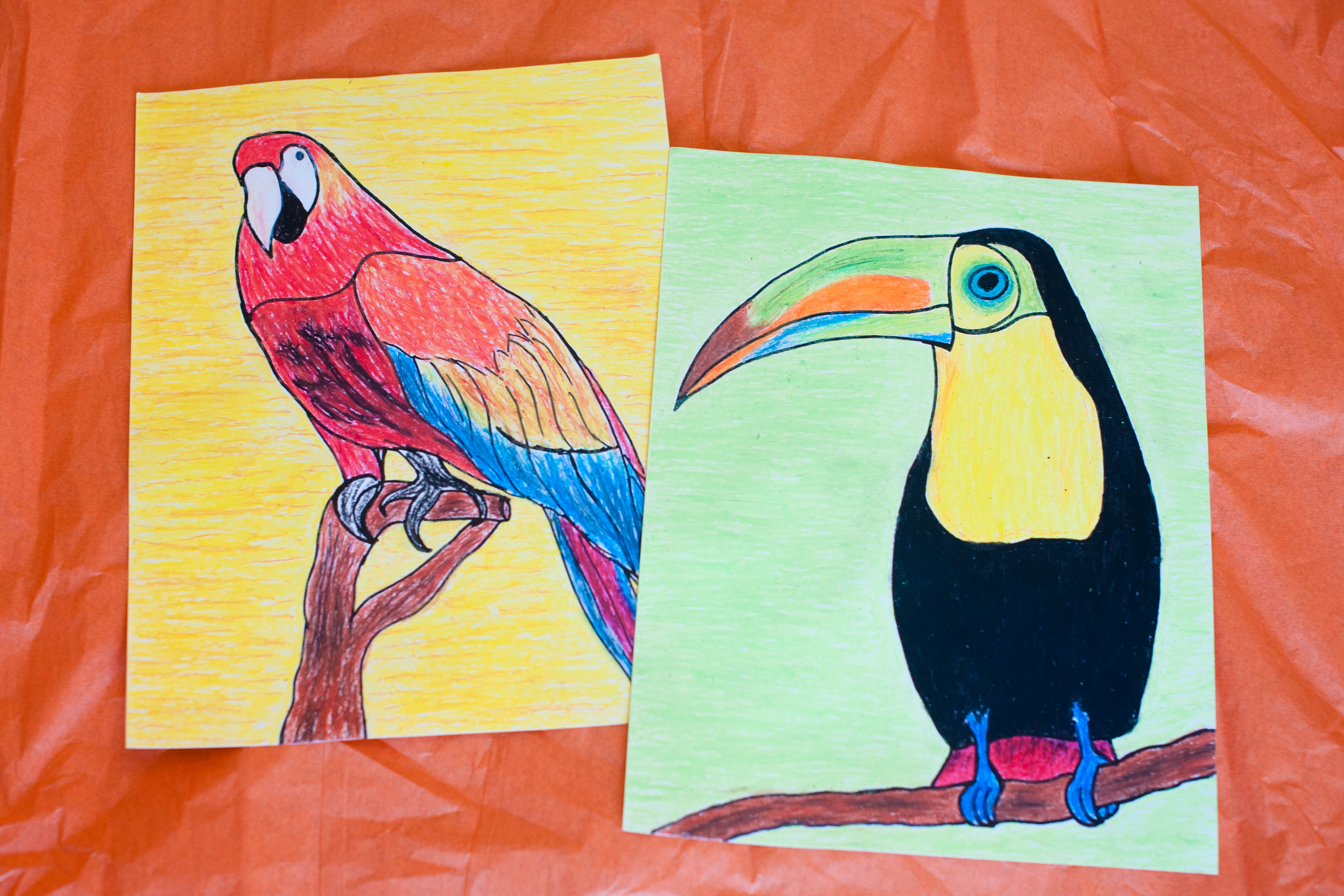
by Passport to the Nations | Mar 2, 2016 | God is Creator, Passport to Latin America
Then God said, “…let birds fly in the air above the earth.” God also made every bird that flies and saw that this was good. Genesis 1: 20-21 South America is a continent with an abundance of birds. In fact, there are over 3,000 species of birds that live in South...
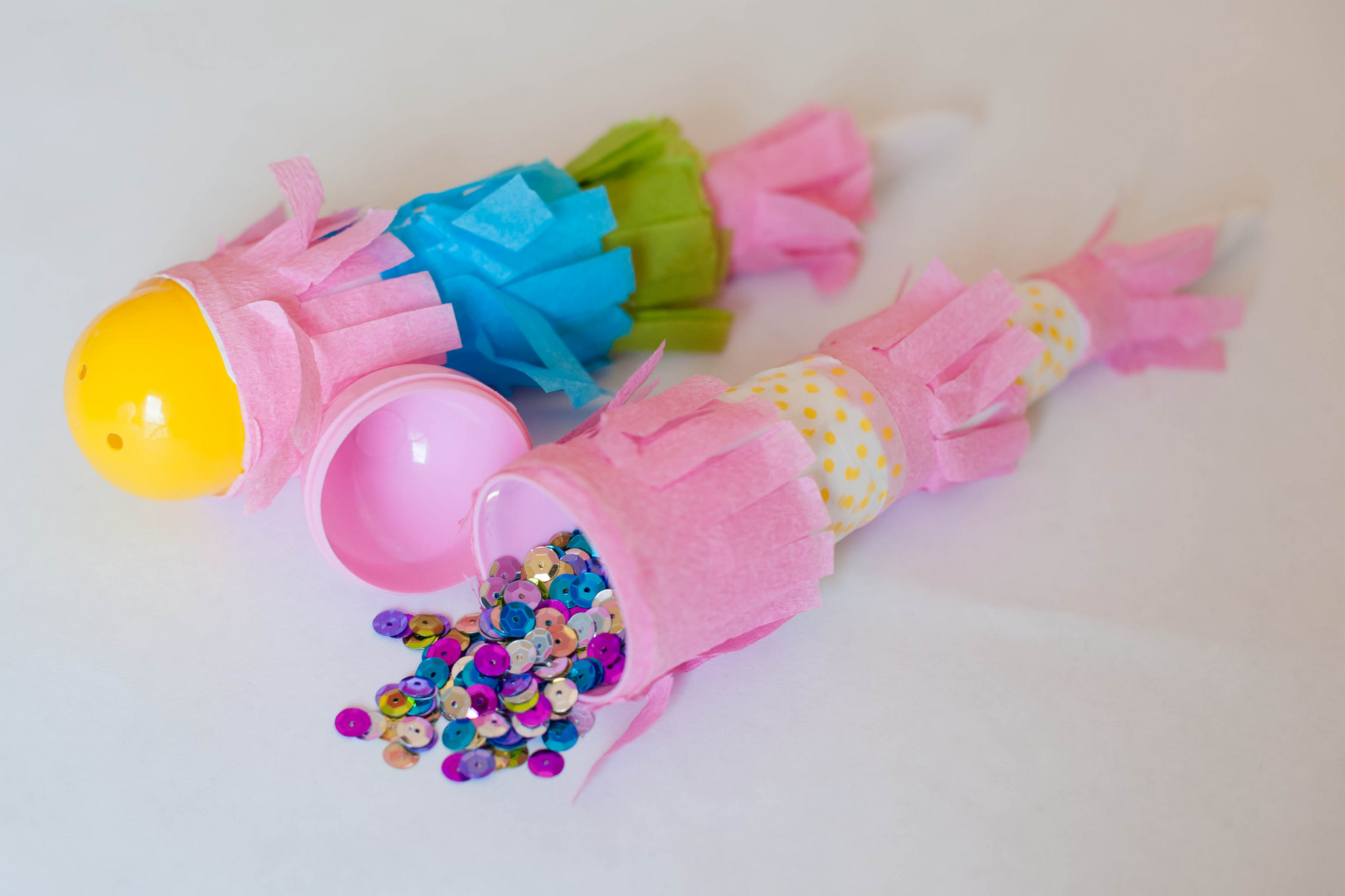
by Passport to the Nations | Feb 22, 2016 | God is Creator, Passport to Latin America
People love to celebrate… And how we celebrate becomes part of our culture. For example, when a child celebrates a birthday in North America, we usually serve cake and ice cream, sing the Happy Birthday song, and bring gifts for the birthday boy or girl. At...

by Passport to the Nations | Feb 22, 2016 | God is Creator, Passport to Latin America
Students will create a simple version of a traditional Latin America toy called a balero (pronounced bah-leh-rō). A “balero” is a cup and ball toy where the player attempts to catch the ball in the cup. One end of a string is attached to a rod while the other end of...








